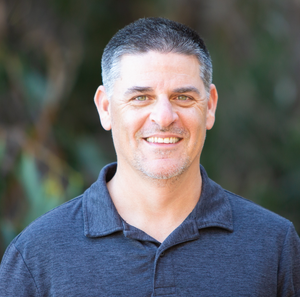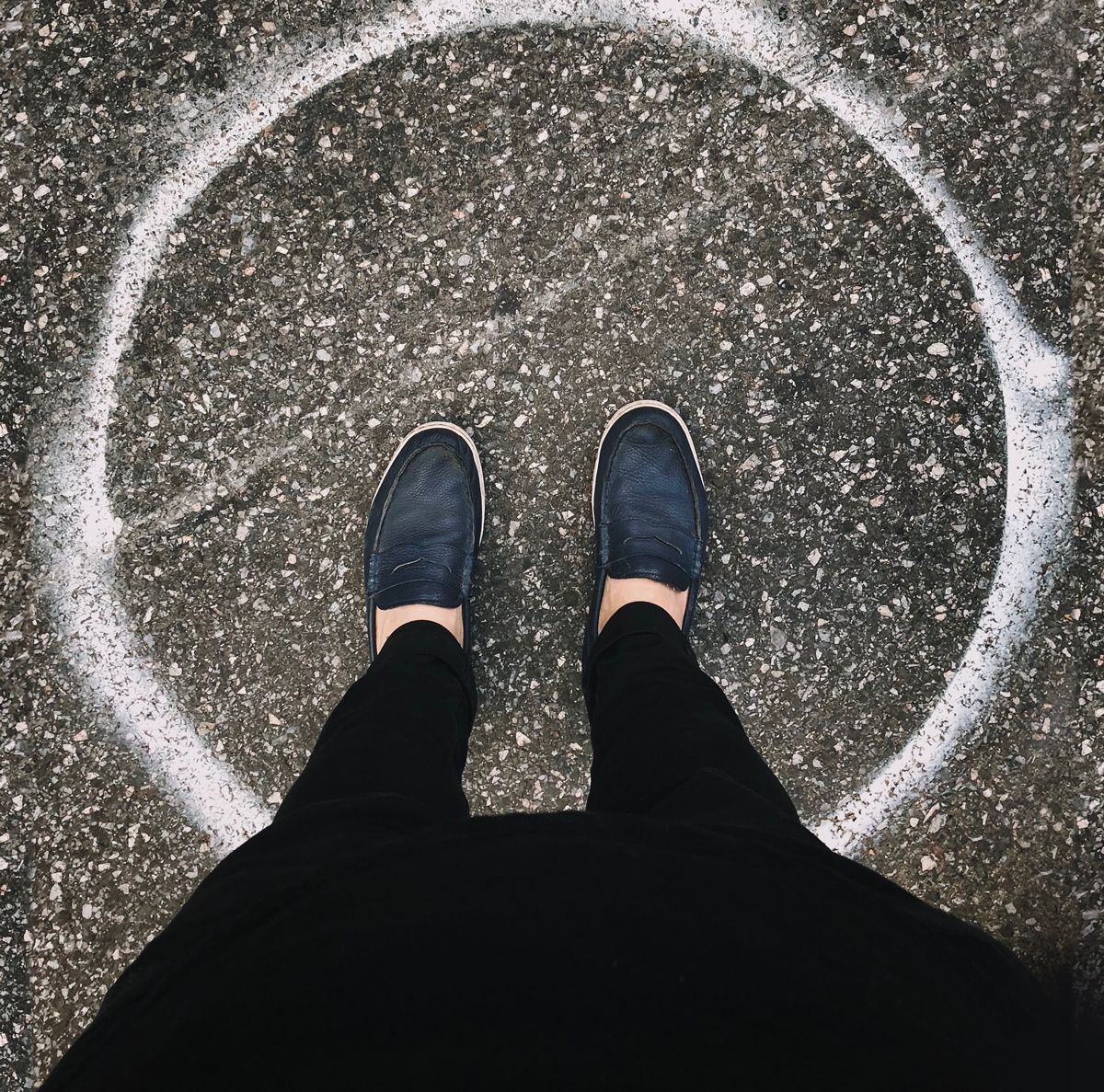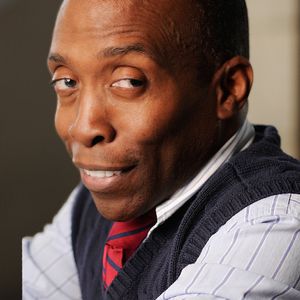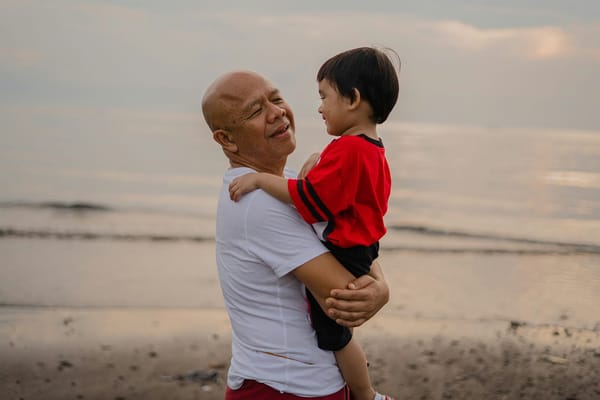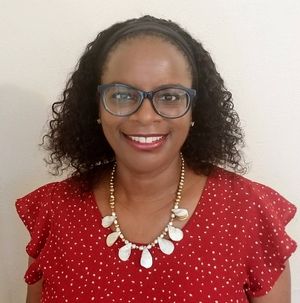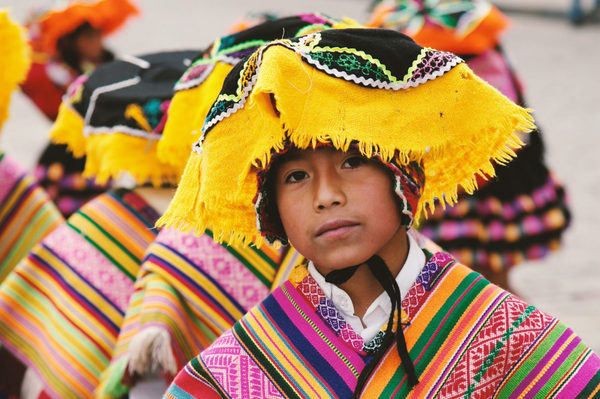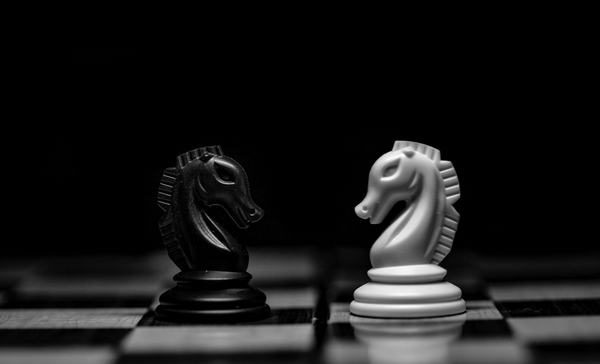On the edge you can see all kinds of things you can’t see from the center.
—Kurt Vonnegut
My childhood world was like a playground game neatly contained inside a broad, chalk-outlined circle of certainty. Maybe you grew up in a circle, too. The game was figuring out who was in and who was out. Unfortunately, I played it well into adulthood, but then a single email sent my circle wobbling like a falling hula hoop. I quickly went from inside my circle to outside, hovering around the edge.
My upbringing was mostly religious. I regularly attended church services that did not allow women to speak and required that they wear lace-doily head coverings. I worked at a summer camp that banned all recorded music after Amy Grant’s crossover album confused the definition of its Christian-music-only policy. I participated in youth groups where we spent more time praying against lust than praying for the needy.
Those in my circle divided the world into Us and Them. We set ourselves apart by living in, but not “of” the world. Our chalk line served to demarcate those who had and those who didn’t have The Truth: believers versus non-believers. We were told to generously share the Gospel with outsiders—Good News! We longed to welcome others into our circle, but didn’t think much about what They might teach Us.
Looking back, I can see how that worldview—of Us having the answers and Them needing help—skewed relationships. I didn’t realize it then, but I was focused on reinforcing that chalk line and staying inside the circle.
Long before I got the email that sent my religious circle wobbling, people outside the circle were already smudging its edges simply by being themselves.
The process began slowly at first. School and work and travel and life forced me to make excursions out of my chalk-line circle. The thinking inside my religious circle was that outsiders were in dire, hopeless need. But outside the circle, I found that people were quite thoughtful, caring, and generous. And despite not having The Truth, they were often more honest about life’s realities. They helped me uncover an authentically doubting part of myself that had long been buried under religious certainty. They also had a lot of hope, which I’d been taught was something a non-believer could not grasp.
My religion circle wasn’t the only circle I grew up inside. My life was a Venn diagram that included two other circles: ethnicity and culture. Those circles informed me that if we were fine, then everyone outside the circle was also fine and there was no more reconciling work left to do, no justice left to seek.
For instance, people in my white circle told me that Dr. Martin Luther King, Jr. had solved the Civil Rights problem, racism was dead, and that people of all colors had equal access to the same opportunities. At the time, I would have said America just works a certain way, oblivious to the fact that it doesn’t work that same way for all Americans. Fifteen years ago at a King celebration, I realized for the first time how my worldview had led to these incorrect conclusions, and how Dr. King’s vision for America was not just better for African Americans, but for all Americans.
When I began listening to people whose life experiences were far different from mine, I saw the pain caused by treating people as outsiders.
I spent months afterward in conversation with an African-American friend who helped me understand that the seeds of racism were not only thriving in the nation but had also taken root in the soil of my soul. The growing awareness of its existence was hard to accept. It wasn’t just that I was ignorant of racism—but for the first time, I became cognizant of what a luxury it was to be ignorant. Because after all, being able to ignore matters of race is what you might call a privilege.
I began to notice circles that overlapped those of religion and ethnicity—circles concerning gender, nationality, sexuality, family, physical ability, and more. For example, as a straight white male, I hadn’t understood the world’s skew toward rewarding straight white masculine behavior. For the first time, I developed a growing awareness that people were wrestling with their sexuality, but my straight, cis-gendered circle defined who was in by always reminding us who was out. When I began listening to people whose life experiences were far different from mine, I saw the pain caused by treating people as outsiders.
Even as scientists were learning more about our planet and its inhabitants, some people in my religious circle were reluctant to accept new observations and deemed them disruptive. As the world got more connected, perhaps it overwhelmed some to the point where the circle was actually drawn closer, like covered wagons in dangerous territory.
A friend’s dad, loyal to the Northwest’s biggest superstore, was fond of saying, “If you can’t buy it at Fred Meyer’s, you don’t need it!” Elements of this attitude seemed to underly much of my church circle’s relationship to the world. They treated the Bible like a science-medical-history-political book. Whatever it said took precedence, even if seemed at odds with scientific discovery or a person’s experience.
To be sure, there was a richness of relationships inside the church communities that I loved. The sense of belonging enveloped us like a warm blanket by a glowing fire. The music of fellowship played on Sundays and echoed throughout the week.
Maybe the comfort of my church community was just so good that I started to lose the distinction between the privilege of my chalk-lined world and the burdens of the outside world. I belonged and had explanations for everything that allowed me to interpret someone else’s pain in a way that lessened the pain for me.
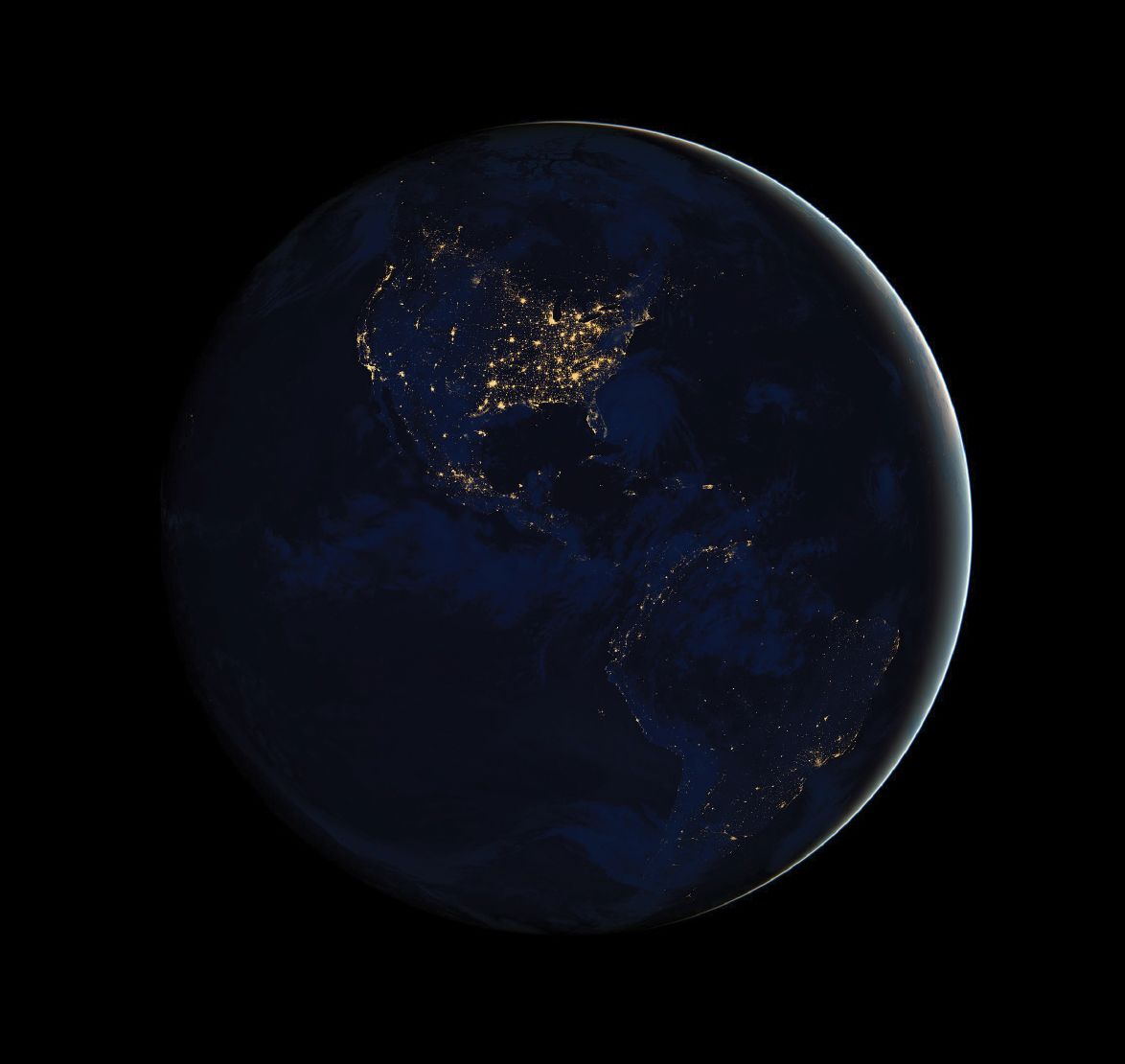
While I had been comfortable inside my religious circle, it started to feel like a balloon slowly filling with water. But my concerns didn’t quite warrant a change in my locus until a single drop caused a rupture.
The bursting drop came one Saturday afternoon in the form of an email. Our picture-perfect, Christian-college daughter was ready to talk about her sexuality, and her words did not fit comfortably within the boundaries of my religious circle. The rules of my religious circle had divided the world into Us and Them long ago. But now that one of Us had become one of Them, the whole facade came crumbling down.
Over the following year, I listened. I learned. I wondered how I had missed this. Our daughter’s very life was evidence that most of what I’d heard about being gay had been wrong. Some others joined us on the journey. At a gut level, love and embrace were the right things to do. Others saw it, too. And yet, I also had this growing feeling that I was somehow straying—disobeying.
I stepped back from leadership in the church. For a time, I stepped back from church altogether. Questioning the church’s strictures on sexuality led me to question what else I had accepted without thinking through. Voices I had trusted were not allowing new information to update their interpretation. I thought how prior generations had allowed cultural context to cast new light on traditional gender roles, freeing up women to be their full selves in a world that until then had belonged to men.
Everything was unsettled. It was scary. Most days I related more to “outsiders” than my former insider self. I began questioning why we drew those circles in the first place. Once I grasped how fervently sure I had been about some religious tenets without carefully considering them, I felt what can only be described as “repentance” for having done so.
But I often felt alone, without the white noise of my echo-chambered circle. I was learning for the first time that questioning church is not the same as questioning God. In fact, God was starting to seem bigger to me than ever before. As I breached the confines of my chalky circle, I became aware of an entire playground that God had known about all along.
Gradually over time, new vistas of the horizon opened up before me, much like an astronaut’s first perspective of the sun peeking around a rotating earth. This breathtaking view of the edges opened up things I couldn’t see from the center.
And the view teaches me.
I am humbly learning that I was wrong about Them.
I am also learning that I have been wrong about Us. Just as I used to see everyone outside the chalk line as one homogeneous “other,” I’d also made the mistake of lumping everyone inside the circle together.
I found people I had missed out on while hiding behind my chalk line rules. I discovered God in places I was warned to avoid. I found ideas, knowledge, and resources that didn’t come from inside the circle but still resonated with the truths I’d learned there. Everything on the outside looked different than I expected. Not long after that, as the private and public world learned that my daughter fit into the LGBTQIA community, I began to lose track of who was in and who was out.
I am also learning that I have been wrong about Us. Just as I used to see everyone outside the chalk line as one homogeneous “other,” I’d also made the mistake of lumping everyone inside the circle together. It turns out a lot of people had been smudging their circles—questioning and exploring the broader world, too.
Early on, I felt I had to choose between my church and my family, and I chose my family. But even then, the church was still there, loving me anyway. And the church was not just this monolithic thing, or one person, or opinion. Others had already been asking questions long before me.
Many were updating their ecclesiastical thinking to not only include LGBTQ people but to adopt new ways of relating to people that didn’t involve fear. Where systems had been closed, they found common values in interfaith conversations. Where doctrine had divided, they united working for the common good. Where culture and religiosity had melded into a column of certainty, they were removing their blindfolds and discovering the column was actually the leg of an elephant too big to understand from any one point of view.
Because a few loud voices supplied all the opinions, I assumed everyone favorably received those opinions. The strong-voice leadership that united us ended up separating us. I didn’t realize I was sharing pews with many of the very people with whom I would eventually encounter outside the circle.
As I travel the playground, I’m learning to follow a love that is willing to smudge chalk lines to better understand my fellow humans. I am learning to see humanity and myself in a more graceful way, one that allows me to better identify with people outside my smudged religious circle as easily as I identify with those inside. My need for a basic love of God and neighbor is more important than the need for clear religious doctrine. Maybe living beyond the edge of the circle is what I always needed.
Originally published in OHF Magazine Issue No. 1.
Top photo by Jon Tyson.

